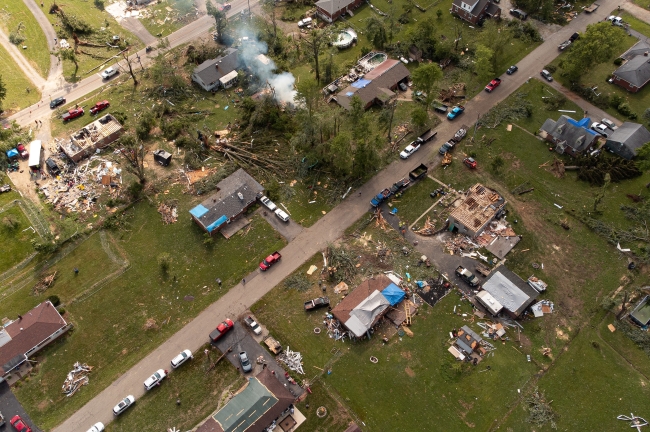It may be a new year, but the trends that shaped 2022 will continue to impact personal P&C claims in 2023. It looks to be a difficult year for the personal property and claims sector – but with these challenges come opportunities.
Insurers are paying more in claims and expenses than they’re bringing in with premiums. The Triple-I Blog says insurers are expected to report a combined ratio of 105 for 2022.
Personal lines have been especially troubled. Personal auto lines could see a combined ratio of around 108 in 2022 and the combined ratio for homeowners insurance lines could reach 115. On the bright side, these numbers may drop in 2023.
Personal Auto Claims
With fewer people on the road during the pandemic, you would expect to see a drop in traffic fatalities. However, that wasn’t what happened. According to the NHTSA, fatal crashes increased by 6.8% in 2020 and the fatality rate per 100 million vehicle miles traveled increased by 21%.
Nearly half of these crashes involved at least one type of risky behavior, such as speeding, not wearing a seatbelt, or alcohol impairment. Many people have pointed to a rise in reckless driving as the cause of the increase in fatalities.
The NHTSA’s early estimates from the first quarter of 2022 showed that fatalities were still on the rise, reporting a year-over-year increase of 7%. However, a more recent report brings good news: the NHTSA says that, after two years of “dramatic increases,” traffic fatalities are finally beginning to level.
Homeowners Claims
In the homeowners insurance sector, natural disasters have led to major losses, especially in certain parts of the country, such as wildfire-prone California and hurricane-prone Florida.
The National Oceanic and Atmospheric Administration (NOAA) says the U.S. experienced 18 weather or climate events with losses of at least $1 billion in 2022 – and many had losses far greater than $1 billion. The total losses came to $165 billion.
Hurricane Ian was responsible for a significant portion of 2021 losses. Swiss Re says the storm caused insured losses of between $50 billion and $65 billion.
Homeowners insurance doesn’t cover flood damage – and NBC News says many of the Florida residents who experienced flooding didn’t have a separate flood insurance policy. Of the homes in Florida counties under evacuation orders the evening before Hurricane Ian made landfall, only around 18.5% had coverage through the National Flood Insurance Program.
Politico says the claims from Ian could push more Florida insurers into bankruptcy. Many insurers in Florida are on the edge and some have already been declared insolvent. The state is also known for high litigation rates. It’s likely that disputes and litigation will occur when homeowners insurance companies deny uncovered flood claims.
Meanwhile, on the other side of the country, California is facing its own problems. After a string of bad wildfire seasons, parts of the state are now experiencing severe flooding. Property Casualty 360 says the recent storms may have caused more than $30 billion in losses.
Supply Chain Complications
Supply chain issues and fluctuating material and labor costs have also impacted personal insurance claims. Repair costs are much higher than they were a year ago because materials cost more. Plus, there may be delays to repairs because of difficulties securing necessary parts. Furthermore, when insurance covers something like a rental car, the costs climb higher the longer the claim takes.
CBRE has estimated a 14.1% year-over-year increase in construction costs in 2022, due to both labor and materials. The good news is these price increases should drop to around 2% to 4% in 2023 and 2024, which is in line with historical averages.
Claims Satisfaction
Claims costs are increasing but claims satisfaction rates are decreasing. The J.D. Power 2022 U.S. Property Claims Satisfaction Study found that claims satisfaction scores dropped to a five-year low last year. The J.D. Power 2022 U.S. Auto Claims Satisfaction Study also noted a significant drop in claims satisfaction. Claim handler attitudes and staffing challenges may be contributing factors.
The supply chain issues that drive up costs are also dragging out claims. The slower claims cycles that result appear to be part of the problem. Insurance companies have also struggled to keep up with rising expectations and to make full use of digital tools.
While some improvement is expected for 2023, the personal P&C claims sector is still facing challenging times ahead. Insurers need to find new ways to bring their claims costs under control. See why a better claims process is the solution.






